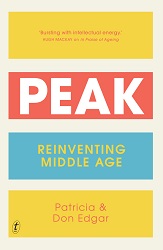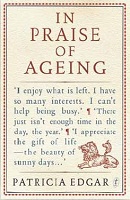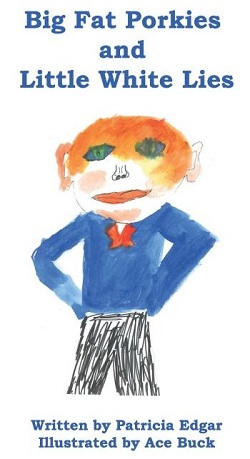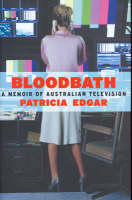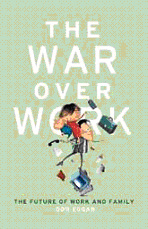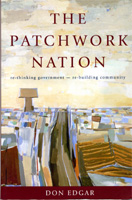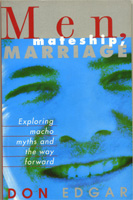Dr Patricia Edgar
Media literacy education should not be seen as just another burden on an already crowded curriculum.
The three ‘Rs’ – reading, ‘riting and ‘rithmetic – have dominated the curriculum since schools began. National assessment tests are still emphasising these basic skills with little adaptation to the dramatic changes in children’s literacy needs in the 21st century. We now live in the information age with young digital natives accepting digital technology as casually as we did the pencil and paper.
Five to 12-year-olds watch television for an average of four hours and 50 minutes per day but, in addition, 95 per cent of children aged six to 10 play video games, and 18 per cent of Australian households own four games consoles. Ninety-six per cent of Australian children now find information for their school projects on the internet. Technology is so diverse and pervasive that children access media in all its forms for up to seven hours each day. So alongside the development of numeracy, oral, reading and written skills, media literacy programs are urgently needed.
Media literacy education should not be seen as just another burden on an already crowded curriculum; using technology effectively is as fundamental to life today as traditional numeracy and literacy skills. The goal must be to help children make informed choices about how they use the media and how much they can trust and be informed by what they see.
Research suggests most children acquire many of their functional media literacy skills early and without much formal instruction. Of children under age six, 74 per cent can turn on the TV, 58 per cent can use the remote and 46 per cent can put on a DVD by themselves. They are not just passive users, they are eagerly exploring the new media technologies to learn and express themselves in new ways.
Media literacy courses in the past have taken an analytical approach to critical understanding of the processes of media production especially encouraging scepticism about advertising. But new media extend the challenge. Media literacy now requires production skills and critical, as well as ethical and philosophical, components alongside practical techniques on how to navigate and participate in the media responsibly and safely.
Many kids are creating their own films to place on YouTube. They are simple productions – samples of expertise with Guitar Hero, films showing gags, experiments and the unusual. The technology is simple to use and easily accessible but they need proper training to express and structure their ideas: to script, direct and edit. Without training, their messages will be more banal than they might be: less informed and effective in persuading others to their view.
Despite widespread use by kids in Victoria, YouTube, Flickr, MySpace, Facebook and other social networking sites are banned from use on school computers. The way to develop skills, elevate thinking and improve content is to assist kids to participate, to practice and improve their skills.
Experts are calling for media literacy in four main areas, covering children’s ability to: access the media; understand the media they access; create their own media content and learn through the media – building on media content to enhance learning. Together, these four areas provide the basis for a forward-looking curriculum to address the emerging potential of media as a tool for learning.
Topics within a media literacy curriculum should include using search engines, creating websites and online profiles, participating in social networking; the skills and knowledge needed to locate and critically assess online content. Kids also need to be taught the difference between information and knowledge; about plagiarism, copyright, and moral rights.
There are serious issues involved with free roaming of the internet that kids need to understand early. They can now bully in cyberspace where they have access to a free chat service, are not held accountable and adults can be shut out by a password. Or they can send anonymous text messages via a mobile phone. Research suggests 15 per cent of students have already experienced such harassment. Kids need to understand the ramifications of cyberbullying.
But the challenges can be turned into opportunities. Kids should be assisted to develop a code of ethics governing responsible behaviour on the net, including who to chat to, what unpleasant surprises they may find there and how to protect themselves. They will always need guidance. Skilled as they may be with using mobile phones, MP3 players, computers and SMS texting, they are not always thoughtful or critical about what they are doing.
As children are spending more and more time online, education policy needs to embrace the positive potential media offer, from video games to social networks. Incorporating what students are doing into the school curriculum holds the promise of keeping students engaged in learning. Media literacy programs will help to guide this process.
Dr Patricia Edgar is an author, television producer, educator and founding director of the Australian Children’s Television Foundation. Her latest book is The New Child: In search of smarter grown-ups.



